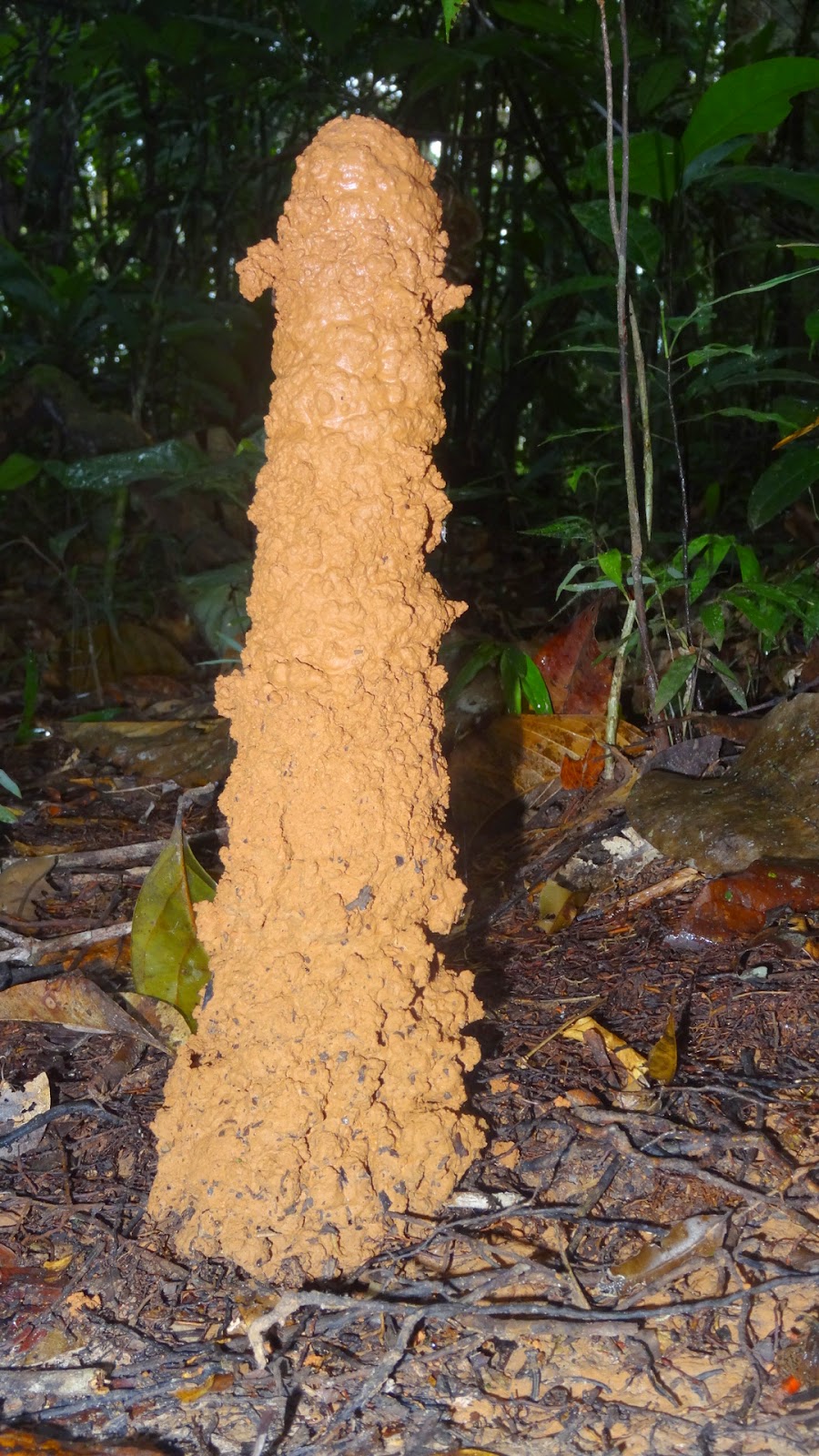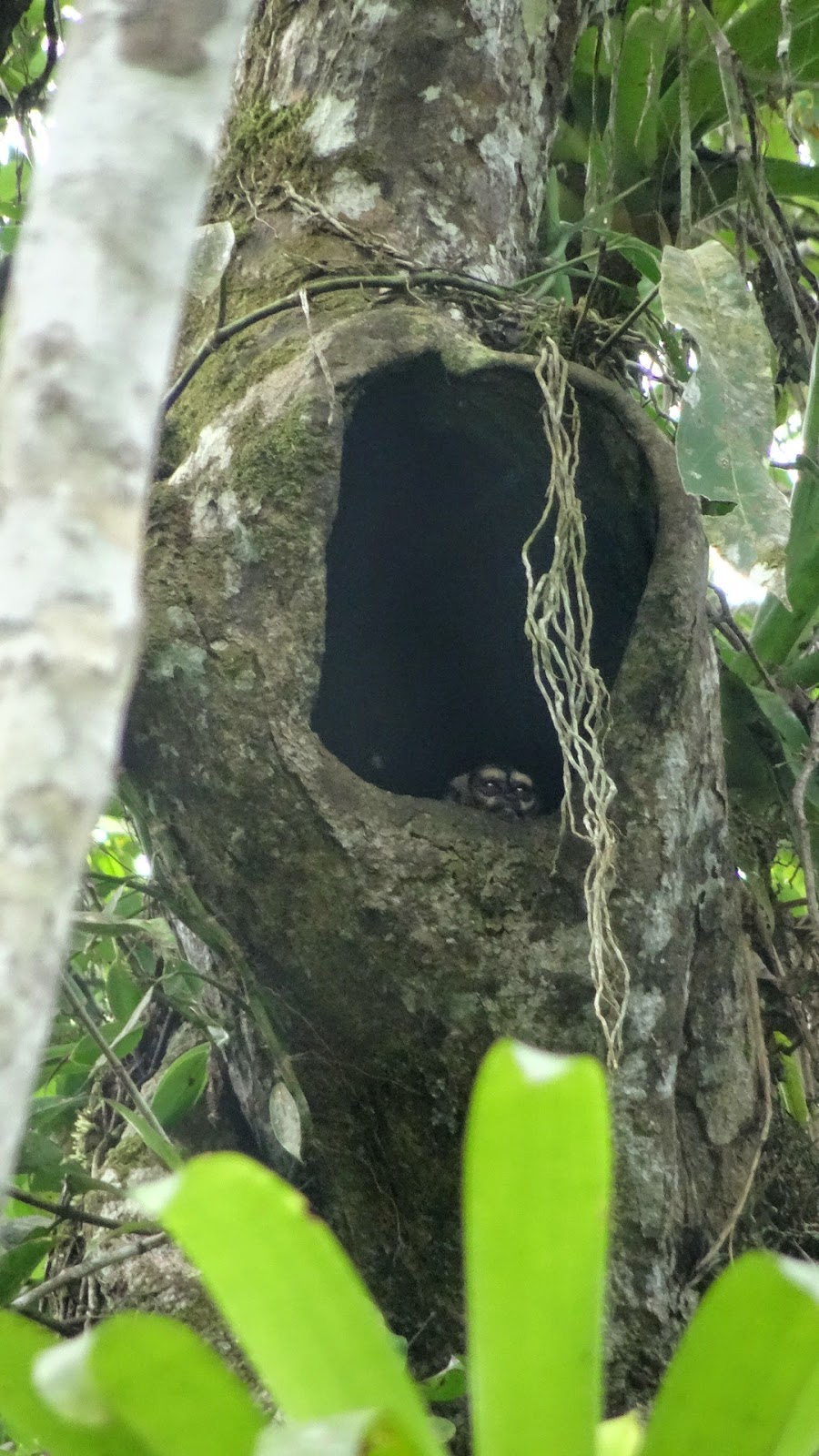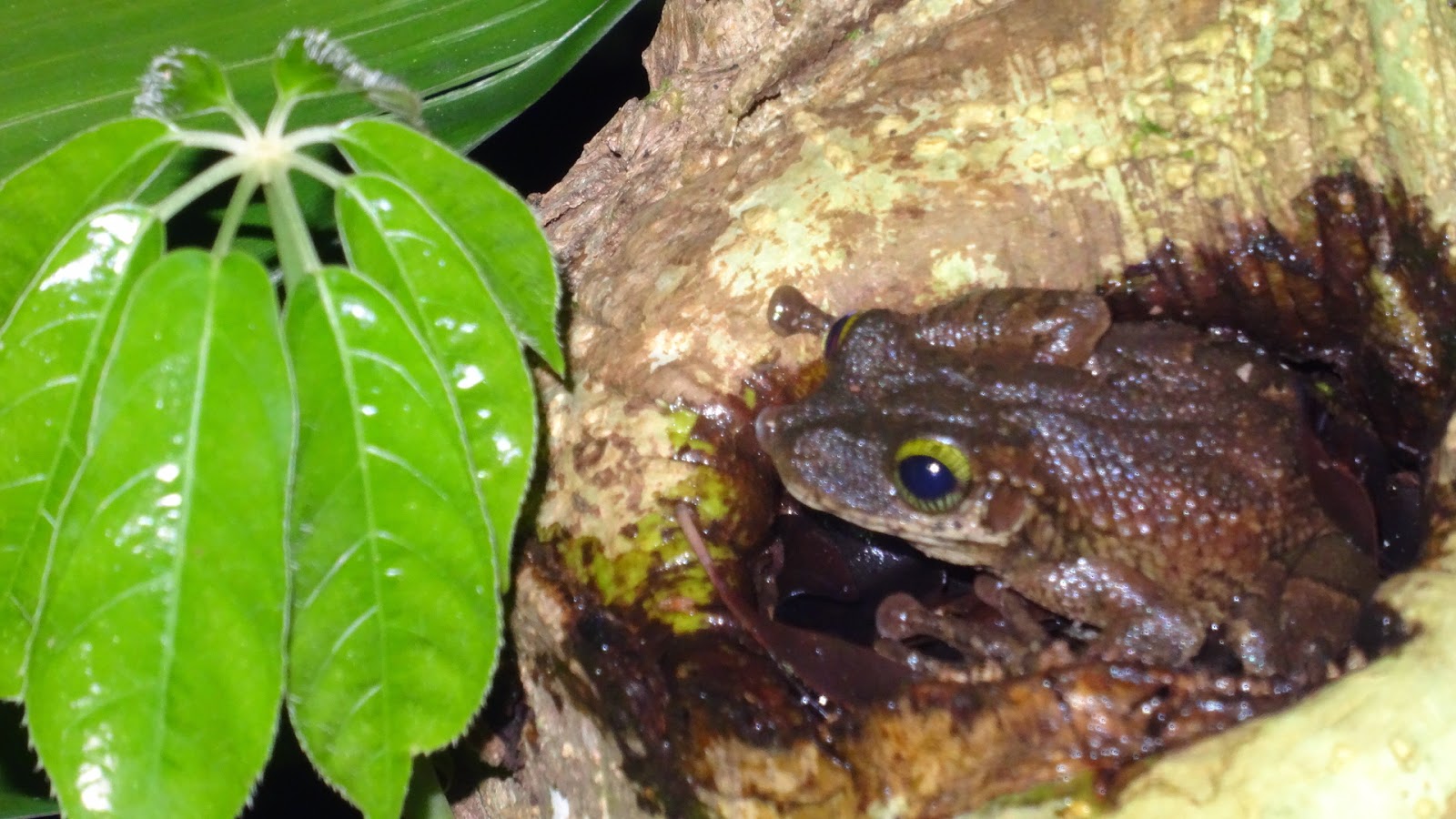Our six weeks of travel around Ecuador found us crossing through Quito several times so it seemed appropriate to detail our experiences there as we leave Ecuador.
Our first day in Quito was spent gasping for breath as we had traveled from sea level in Chile to 3600m and our bodies were somewhat unappreciative. Sarah as always keen to punish me decided to drag me on a walking tour exploring "Old Town". While briefer than many of the walking tours we have done it was still quite informative.
One of the more interesting lessons was that immediately after achieving independence from Spain the prominent campaigner Simon Bolivar successfully created a country that spanned northern South America and part of Central America but eight years later, after he died, the country broke into the smaller countries of Ecuador, Bolivia, Columbia, Venezuela, Panama and Costa Rica. The breakup being peaceful the countries have good relationships and even all share the same colors in their flags - red, blue and yellow. A second person of major influence during the fight for independence was Antonio Jose de Sucre who features on many streets throughout the country. He also was the name of the Ecuadorian currency until 2000 when it became economically unviable and the country adopted the US dollar.
Our tour included several churches, two of which bear special mention. The first is the people's church, this church was commissioned shortly after the referendum in 1869 when Ecuadorians voted to become a Catholic nation. Designed by a Frenchman the church loosely resembles Notre Dame (so Sarah says) although on a smaller scale and unfortunately lacking the same maintenance budget. Our favourite aspect of this cathedral were that the gargoyles were replaced with representations of all the native Ecuadorian animals including many that we saw in the Galápagos. The second church that deserves mention was the Church of the Society of Jesus which was built by the Jesuits over the course of 160 years and completed in 1765. Why did it take so long? Because most of the interior of this church is covered in gold. A university specializing in the application of gold leaf was created nearby solely to supply the skilled labour required to decorate the Church. No photos are allowed inside but this we stole one from online.
One of our day trips was to Mitad del Mundo which is a tourist trap built around the French monument marking the equator. Unfortunately the French got it wrong by a couple of hundred metres, but as far as the Ecuadorians are concerned this just gave them an opportunity to build another museum which we also visited so we could say we stood on the equator. While seemingly irrelevant to the location this museum also had installations about the Warani people, a tribe in voluntary isolation. The exhibitions included example burial sites, dwellings and (our favourite) a fair dinkum shrunken head!
Every time we returned to Quito we would stay at the Secret Garden, which, despite the four flights of stairs (tough climbing at altitude) was worth it for the amazing view available at the rooftop bar. Encouraged by stories from our fellow travelers we decided to spend a few days at Secret Garden hostel in Cotopaxi, where we finally got to use our tent for the first time (only half way through our trip!). The hostel was situated perfectly to view the tallest active volcano in the world (Cotopaxi), which is allegedly due for an eruption! While we did not see any lava we did see amazing views by climbing up 4200m to summit Pasachua, a mountain that boasts views of both Quito and Cotopaxi, and climbing up to 5000m on Cotopaxi itself where we visited the refuge for climbers heading to the summit and it's glacier. Our descent involved biking along a dirt track which caused significant amounts of pain to various body parts from jolting but was worthwhile nonetheless. Despite living out of a tent we lived like royalty in the evening as we sat in a jacuzzi nestled in a glass house, sipping wine as the full moon rose magically over the volcano. Life is tough!
Immediately after Cotopaxi we started making our way to Columbia with a brief stop in Otavalo, home to the largest South American artisan market. Wandering through the markets we bought some souvenirs that were not as cheap as the price tags suggested. Amoung various alpaca clothing, wooden nativity sets and jewelry Sarah made threats to convince me to buy a double person hammock. Being too large to carry with us we sent it back to Australia but not before 2 hours searching for a box big enough, one hour looking for packing tape, 45 minutes printing passport photos and half an hour watching the post office employee wrap our box. After all that we paid roughly the same value of the souvenirs in postage stamps - lucky it's a bloody nice hammock!








































































































